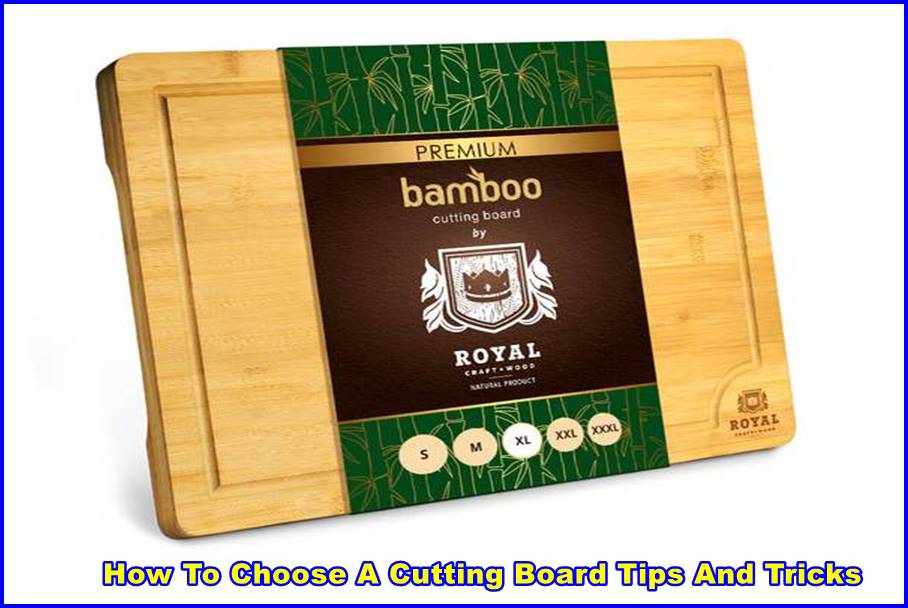How To Choose A Cutting Board Tips And Tricks
There are many taboos associated with the cutting board. Meat and vegetables can not be cut on one. The board should be softer than a knife but not so weak that the chips get into the food. And the boards differ in colors, and for some reason, this is important. So how many boards and from what materials should each kitchen have? Let’s talk about it!
By material
The easiest way to classify cutting boards is to separate them by material.
Wood
The most common and popular material. Wooden boards, are comfortable, reliable, do not slip, withstand almost any load, and do not dull knives.
Disadvantage: the top layer is easily damaged, the wood can pile and crack, and food residues will collect in the cracks. Therefore, boards are usually made from hardwood. Options from bamboo and end cuts are more robust than ordinary wooden boards. But leaving them in the water for a long time is still not worth it.
Example: bamboo cutting board 18×12
Plastic
Plastic boards have appeared relatively recently and are rigid and flexible.
Wear-resistant, do not blunt knives. Plastic boards are light and do not take up much space – you can store them in a pile, take them with you on a hike or to the country.
Plastic can slide on the table and bend. Therefore, such a board cannot be used as a tray or hot stand for serving.
Glass and stone
Even though glass and stone are very different materials, the advantages and disadvantages of these boards are the same.
The material is beautiful and stylish; there are more design options. Such boards are easy to clean and retain their original appearance because their surface under the knife remains smooth and even.
This is also the main drawback – glass and stone blunt knives. In addition, they are pretty fragile. It will not work to beat off meat on such aboard. Owners of stone and glass boards will have to put up with the sound of the knife and get used to the fact that they can be pretty heavy and slippery.
By size and shape
The smaller the portion of food to be cooked, the smaller the board can be. Available in any material and any size. In many ways, this is a matter of convenience and habit. Someone likes to cut food into small batches and throw them into the dishes more often. And it is more convenient for someone not to make small movements, cut everything at once on one board and then transfer it to the dishes.
For different types of products
There is no clear division of boards by product type. Unless it is inconvenient to use a glass or stone board for cutting meat – it will not be possible to beat and chop bones on them. Wood and hard plastic are more suitable for this. In addition, a unique groove is made along the edge of the boards for meat to collect liquid. So it will not spread all over the table.
But the main difference between boards for different products is not to cut “dirty” and “clean” products on the same board. You will need separate boards for meat and fish and dry foods, vegetables, and fruits – one more additional board.
According to the complexity of care
Glass and ceramic boards can be fragile, but otherwise, all cutting equipment requires precisely the same care. Each cutting board will have to be washed in water with detergent or in the dishwasher regardless of the type.
The environmental friendliness and safety of wooden and plastic cutting boards were tested by experts from an independent laboratory of the EcoStandard group. They took three boards of both types, cut meat, and vegetables, and left them to lie for a day. The number of bacteria on the surface was then measured using a luminometer.
The surface is considered clean at 10 RLU (relative light unit) and medium clean at 10-30 RLU. And before washing, 1622 RLU were detected on all boards. Then one of the boards was wiped with a damp cloth, another was washed with a sponge and ordinary dishwashing detergent, and the third was sent to the dishwasher.
For those who do not have a dishwasher, experts advise:
- Get a separate board (and a sponge!) For raw foods (meat, poultry, and fish) and a separate one for vegetables. Regularly pour boiling water over the “meat” board, rub with soda, and use harsh detergents. For the “vegetable” board, softer products are also suitable.
- Wash cutting boards immediately after use. The longer they remain dirty, the more bacteria appear on the surface.
- Oil wooden and bamboo boards periodically.
- Wipe boards dry and store in a ventilated place.
Monitor the integrity of the boards and change them in time.
What is Wondershare Studio?
How To Choose A Cutting Board Tips And Tricks
